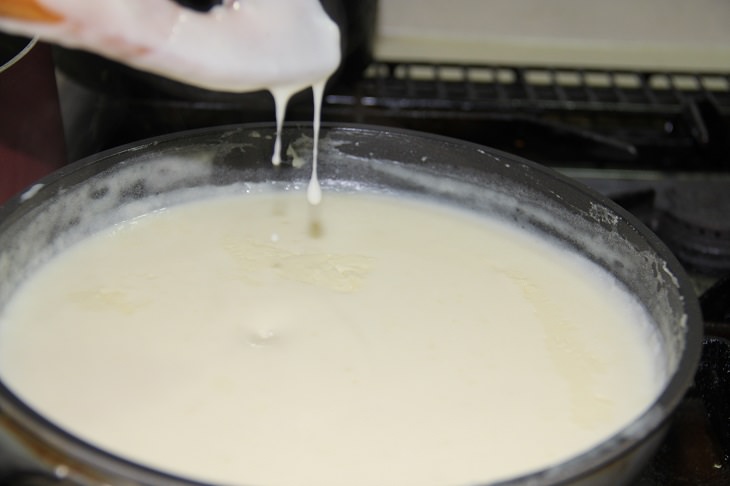
Cooking, baking, and other kitchen work can sometimes be arduous, but once someone gets a taste of your creation and falls in love with it you realize that it's worth every minute. However, this isn’t always easy to do and requires some skill. Everyone experiences mishaps in the kitchen which causes food to sometimes come out wrong, but don’t you worry - we're here to help you get out of these troubles with the following 14 tips that’ll turn your recipes into winning ones.
A cake at the end of a meal is usually something most look forward to. But what happens when the tasty cake you expect comes out of the oven dry and crumbly, and you fear it is going to fail completely in the taste test? The way to fix such a mishap is by poking small holes in the cake with a knife and pouring simple sugar syrup over it. This won’t just add sweetness to the cake but also the moisture it lacks, making it a big hit!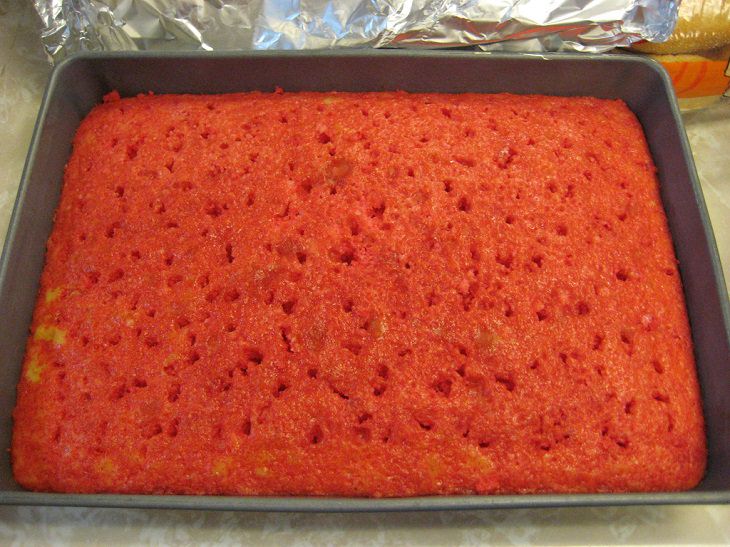
The good thing about cookies, beyond their sweet and wonderful taste, is that you don’t have to eat them all at once. After baking a pan, you can store all of them, or at least some of them, without damaging them.
- Cool the cookies to room temperature before storing them.
- Don’t store crispy cookies and soft cookies in the same container.
- Store cookies only in sealed bags or boxes.
- Don’t keep cookies in the refrigerator unless they are filled with pudding or some other cream filling.
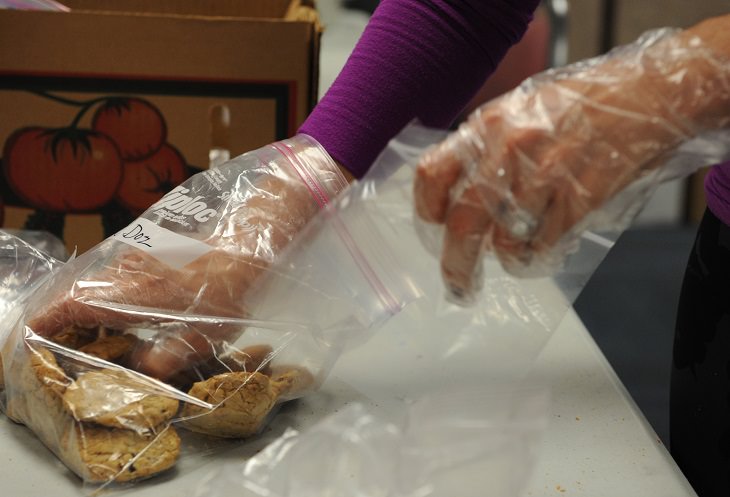
In addition to storing cookies properly, there is also another matter that you need to consider when you plan on putting them in a box for later enjoyment: their texture. To restore their original texture, heat the cookies in a preheated oven at 150 degrees Celsius for 5 minutes, then let them cool on the counter for a few more minutes.
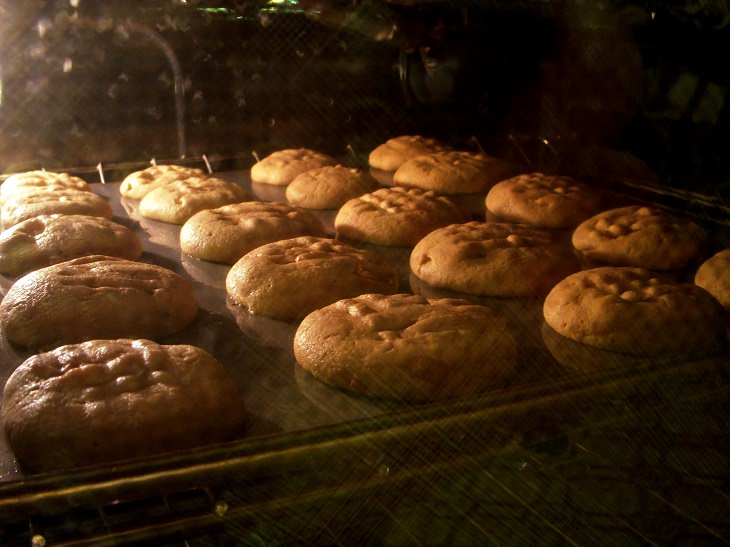
Hard-boiled eggs are a tasty, simple and useful food that can be enjoyed as is, or cut into slices and added to a dish or salad. The problem is that sometimes while cooking the eggs get an unpleasant rubbery texture. To avoid this, make sure to dip the eggs - just as they are cooked - in a bowl full of ice water, which quickly stops your cooking process and prevents their texture from changing.
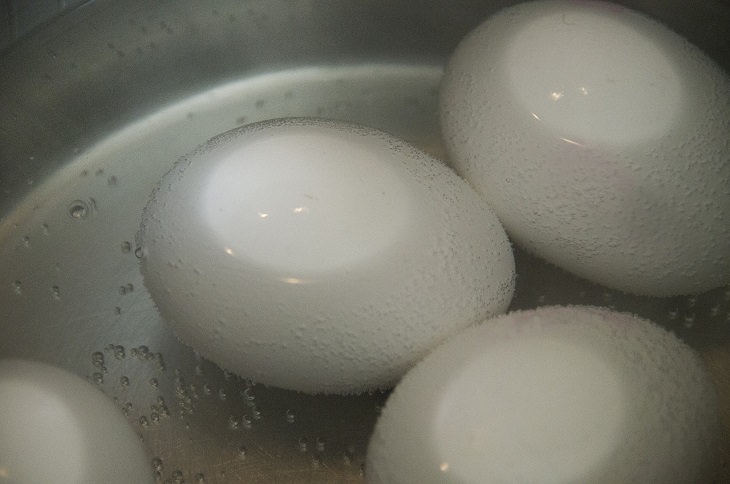
Foods that have been deep-fried can be a delicacy and are considered "indulgent" because of the large amount of oil in them, but it is impossible to deny their addictive taste. However, here too there are exceptions: foods that are too oily lose their attractive flavor and may become soggy and sticky.
To avoid this, we recommend that you follow the following guidelines: Make sure your pan is heated to 150 to 200 degrees Celsius and no more - at a hotter temperature, the oil will cause the food to lose liquids turning it spongy. Also, frying in small groups helps the oil maintain a steady temperature.
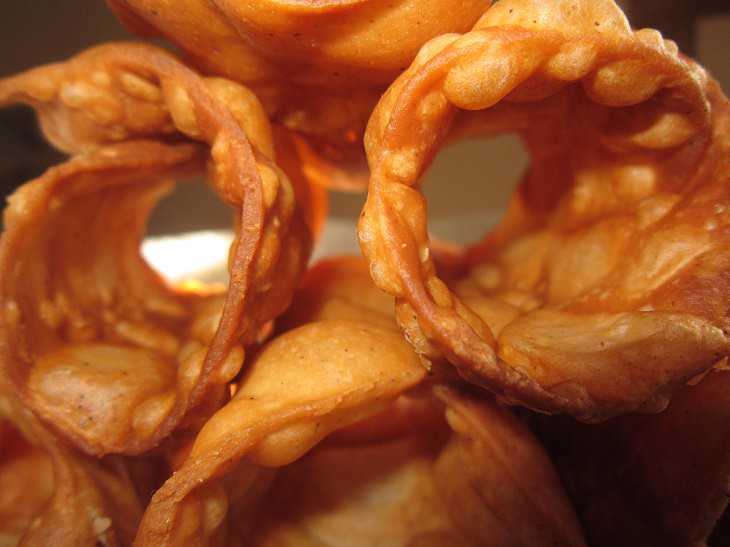
If you’ve made a decadent cake that you want to decorate with some chocolate frosting but the frosting turned out lumpy, we have just the fix for you: just add a small amount of vegetable oil to the chocolate and stir well until smooth, uniform and lump-free.
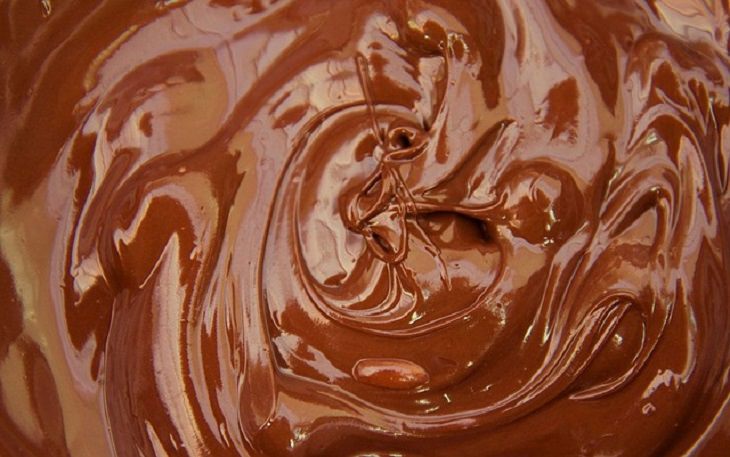
Sugar is often used in a variety of dishes to balance out salty or sour flavors. But what if you added a little too much sugar and the dish came out too sweet? You can add a few lemon slices, without the seeds, or lemon juice to the dish to balance the flavors, or you can try adding a vegetable oil, such as olive oil or avocado oil. Whatever you do, it is important to remember that it's strictly forbidden to try adding salt to a dish because it can completely harm the balance of its flavors.
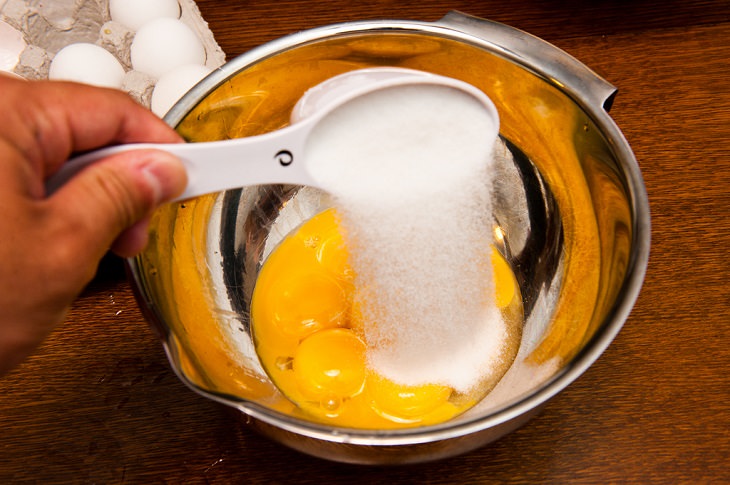
On the one hand, as we said, we don’t want our dish to come out too sweet, but on the other hand, a food being too sour can also damage the dish’s balance. So, if you put too much vinegar into something and the taste becomes overpowering, add a little honey or sugar. If you’ve made a tomato sauce that tastes too acidic, add some diced carrots and mix well.

Garlic is a favorite seasoning for countless dishes, but if you do not know how to use it properly - it can do more harm than good and cause a very bitter taste.
To avoid this problem, first of all, know that garlic only needs a minute to fry and become golden, therefore, if you’re adding it to a dish that has a long frying time, make sure you add it at the end. If your recipe requires adding garlic at the beginning, make sure that all the other ingredients you need to add to the dish are within reach and can be added to the pan quickly.
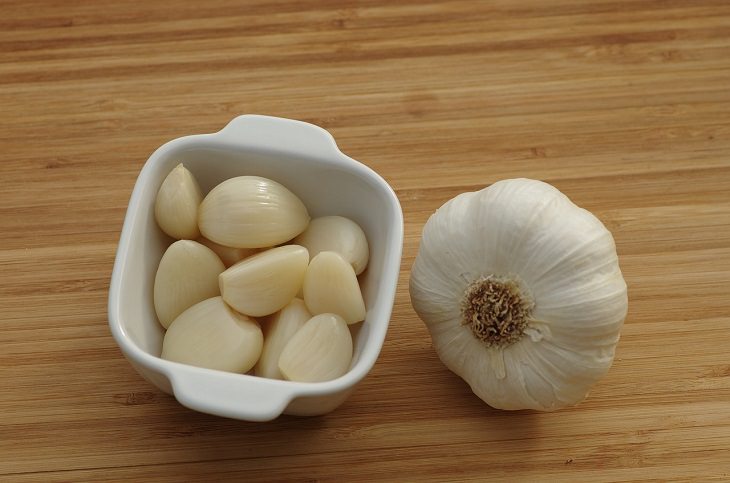
Dough is an important element in baking, but if while making it the dough’s texture becomes stiff or rubbery, your end result won’t be good. In order to avoid this situation, avoid over-beating the dough in your mixer. Furthermore, when adding the rest of the ingredients to the mixture, remember to add the liquid ingredients and only then add the dry. This will prevent the excessive development of gluten, which may damage the texture of the dough.

Alcohol is an ingredient commonly called for in many recipes - red wine, for example, is quite common in various meat and chicken recipes and adds a lively and refreshing taste. But what if you add a little too much alcohol to your dish, and now the taste of the bitter drink has taken over?
You don’t have to toss the dish into the garbage, because fixing it is super easy. All you have to do is transfer the solid ingredients (e.g. meat and vegetables) to a separate container using a slotted spoon, gently drain the sauce and reduce it. Then add an ingredient that softens the alcoholic taste, such as tomato paste - the acidity of which can help balance the strong taste of red wine.
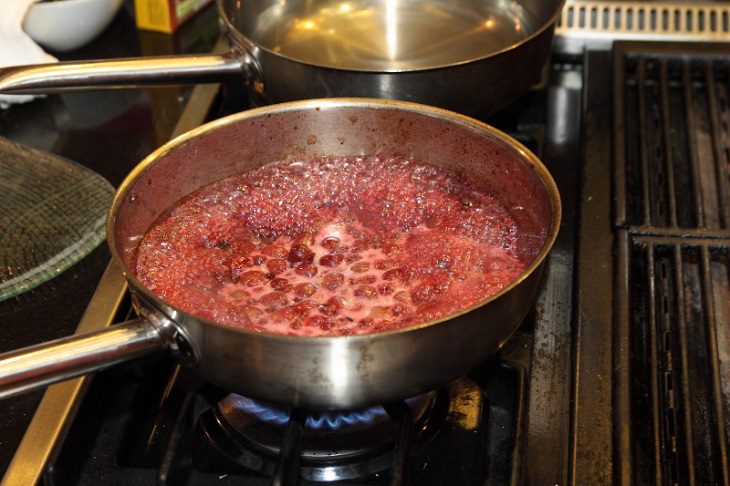
The oils you use have a significant impact on the way your dish tastes, so you need to know how to use them wisely. Choose your oils carefully, and consider features such as their smoking point, flavors in food, and so on. For example, if you want to add exotic flavors to your food, opt for sesame oil, but if you want the oil to be as light as possible, to highlight the dish’s other flavors, choose sunflower or grapeseed oil.
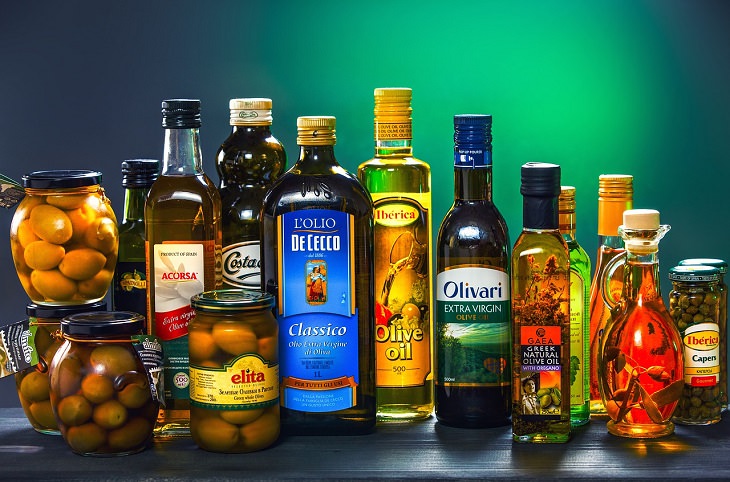
Many recipes for sauces, such as béchamel and gravy for meat dishes, use flour to thicken the sauce. So when preparing these sauces, you may encounter a situation where you're left with large lumps of flour which are hard to swallow.
How do you fix this? Easily, place a sieve on top of a bowl or pot of the appropriate size, and pour in the sauce. Using a spatula or spoon, mix the sauce in the strainer with a gentle motion, making sure it is filtered down to the pot or bowl you've placed below. At the end of the process, you’ll find that the sauce has become smooth and pleasant, with all the flour lumps remaining in the strainer. If you feel that the sauce is still a little lumpy and not completely smooth, add another tablespoon of liquid (milk or water) and mix well.
